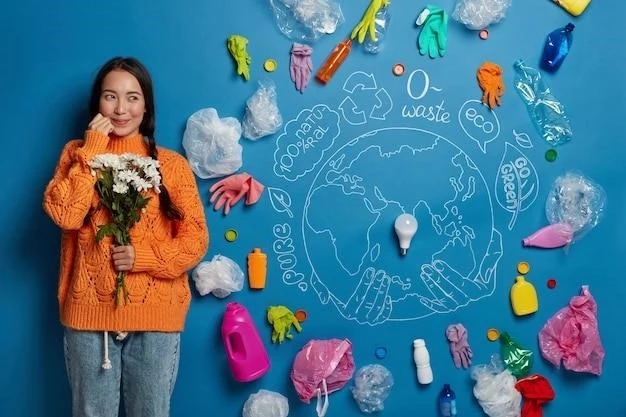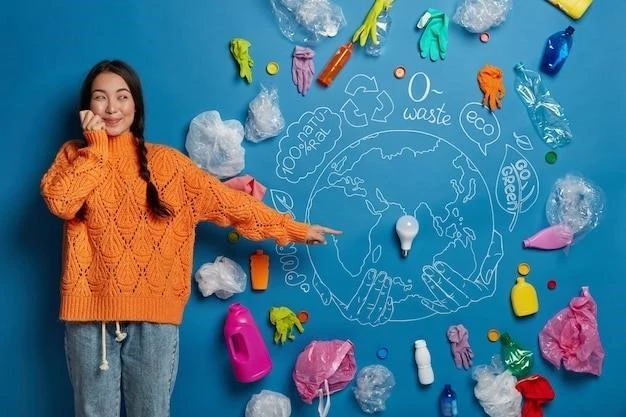The Fight Against Plastic Pollution: Solutions and Innovations
Plastic pollution has become a pervasive global crisis, threatening our ecosystems, human health, and the very fabric of our planet. The sheer volume of plastic waste generated annually, coupled with its slow decomposition rate, has led to a staggering accumulation of plastic in our oceans, landfills, and even our food chain. Addressing this multifaceted challenge requires a comprehensive approach that encompasses prevention, responsible consumption, innovative technologies, and policy interventions.

Understanding the Problem
The global production of plastic has soared in recent decades, fueled by its versatility, affordability, and convenience. However, this rampant production has come at a steep environmental cost. Plastic waste often ends up in landfills, where it takes hundreds or even thousands of years to decompose. Furthermore, plastic debris readily enters our waterways, making its way into the oceans, where it poses a severe threat to marine life.
- Ocean Pollution: Plastic pollution is a major threat to marine ecosystems. Sea turtles often mistake plastic bags for jellyfish, leading to ingestion and entanglement. Fish and other marine animals can also become entangled in plastic debris or ingest microplastics, which can disrupt their digestive systems and accumulate in their tissues.
- Environmental Degradation: Plastic waste contaminates our soil, air, and water. Microplastics, tiny fragments of plastic less than 5 millimeters in size, have been found in soil, drinking water, and even human blood. These microplastics can leach harmful chemicals into the environment, posing risks to both human and animal health.
- Health Impacts: Plastic pollution can have direct and indirect health impacts on humans. Ingestion of microplastics can lead to gastrointestinal problems, while exposure to chemicals leaching from plastic products can be linked to hormonal disruptions, reproductive issues, and even cancer.
Solutions and Innovations
Fortunately, a growing movement of individuals, businesses, and governments is working to combat plastic pollution. From innovative technologies to policy changes, a wide range of solutions are emerging to address this pressing issue.
1. Reducing Plastic Consumption
The most effective way to combat plastic pollution is to reduce our reliance on single-use plastics. This involves making conscious choices, such as:
- Reusable alternatives: Opting for reusable bags, water bottles, food containers, and cutlery.
- Avoiding single-use plastics: Saying no to plastic straws, stirrers, and disposable packaging.
- Composting: Composting food scraps and yard waste can reduce the amount of organic waste sent to landfills.
2. Recycling and Waste Management
While recycling is a crucial step in managing plastic waste, it is not a silver bullet. Recycling rates remain low globally, and many types of plastics are difficult or impossible to recycle effectively.
- Improving Recycling Infrastructure: Investing in robust recycling systems, including collection, sorting, and processing facilities.
- Extended Producer Responsibility: Holding manufacturers responsible for the end-of-life management of their products, including recycling and disposal.
- Circular Economy: Moving towards a circular economy model where products are designed for reuse, repair, and recycling.
3. Innovative Technologies
Technological innovations are playing a critical role in the fight against plastic pollution.
- Biodegradable Plastics: Developing plastics made from renewable materials that decompose naturally in the environment.
- Plastic-Eating Enzymes: Scientists are discovering enzymes that can break down plastic, offering a potential solution for plastic waste management.
- Ocean Cleanup Technologies: Innovative devices are being deployed to collect plastic debris from the oceans.
4. Policy Interventions
Government policies and regulations are essential for driving change in plastic production and consumption.
- Banning Single-Use Plastics: Implementing bans on single-use plastic bags, straws, and other disposable items.
- Plastic Tax: Introducing taxes on plastic products to discourage their use and incentivize alternatives.
- Extended Producer Responsibility (EPR) Laws: Holding manufacturers accountable for the environmental impact of their products.

Conclusion
The fight against plastic pollution is a complex and multifaceted challenge, but it is one that we must address with urgency. By embracing a combination of preventive measures, responsible consumption, innovative technologies, and robust policy interventions, we can create a future where plastic pollution is a relic of the past. It is a collective responsibility, requiring the commitment of individuals, businesses, and governments alike, to safeguard our planet for generations to come.










